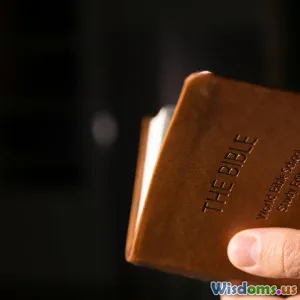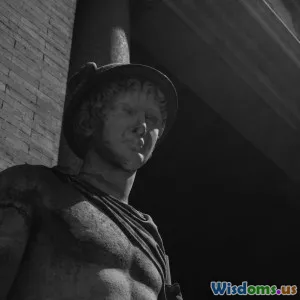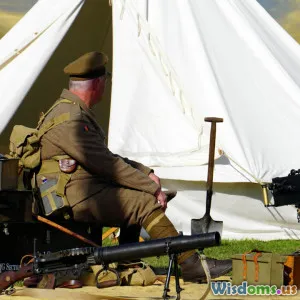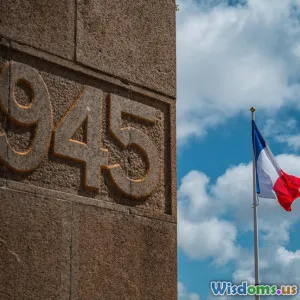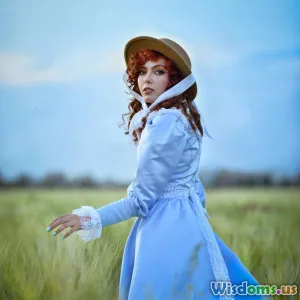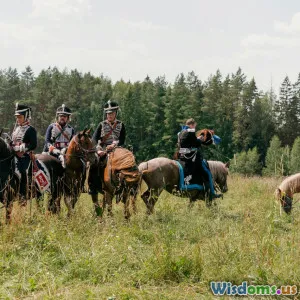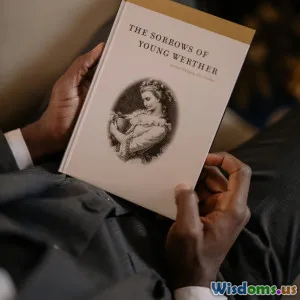
Understanding Literary Movements
6 min read Explore key literary movements and their impact on storytelling and culture. (0 Reviews)
Understanding Literary Movements
Literature is far more than stories on a page; it is a mirror reflecting societal values, cultural shifts, and artistic innovations over time. To fully grasp the depth of classic and contemporary works, readers must understand the literary movements that shaped them. Literary movements are distinct periods marked by common styles, themes, philosophies, and social contexts, influencing how authors express ideas and stories.
Defining Literary Movements: Why They Matter
Literary movements serve as frameworks through which we interpret texts. Instead of reading works in isolation, examining them within movements reveals patterns, historical influences, and shared aesthetics. They highlight how authors respond not only to artistic predecessors but also cultural events, politics, and technological changes.
For example, think of how the Industrial Revolution spurred the Realist movement’s focus on everyday life and social conditions, moving away from Romantic idealization. Understanding movements deepens appreciation and reveals the dynamic evolution of literature as a human endeavor.
Major Literary Movements and Their Characteristics
Romanticism (late 18th – mid-19th century)
Romanticism was a reaction against the Enlightenment’s emphasis on reason, championing emotion, nature, and individualism. Romantic writers explored the sublime in nature, personal imagination, and the supernatural.
Key Characteristics:
- Emphasis on emotion and intuition
- Celebration of nature's beauty and power
- Focus on individual experience and heroism
- Interest in the supernatural and imagination
Notable Authors: William Wordsworth, Mary Shelley, Edgar Allan Poe
Example: Mary Shelley’s Frankenstein combines Romantic fascination with the sublime and the gothic to explore human creativity and its dangers.
Realism (mid-19th century)
Realism rejected Romantic idealism, focusing on accurate, detailed depictions of everyday life and society, especially the working class.
Key Characteristics:
- Detailed descriptions of ordinary life
- Complex characters rather than stereotypes
- Social critique and examination of class
Notable Authors: Gustave Flaubert, Charles Dickens, Henry James
Example: Dickens’ Hard Times critically portrays the struggles of industrial society.
Modernism (early 20th century)
Modernism arose amid rapid industrialization, World War I’s trauma, and urbanization, challenging traditional forms and exploring new narrative techniques.
Key Characteristics:
- Fragmented, non-linear narratives
- Stream-of-consciousness technique
- Themes of alienation and existential doubt
- Exploration of inner psyche and consciousness
Notable Authors: James Joyce, T.S. Eliot, Virginia Woolf
Example: Joyce’s Ulysses revolutionized narrative by using stream-of-consciousness to replicate thought.
Postmodernism (mid-20th century onward)
Postmodernism is skeptical of grand narratives and absolute truths. It embraces paradox, playful structures, and blurs boundaries between genres.
Key Characteristics:
- Irony and satire
- Metafiction (self-aware storytelling)
- Pastiche and intertextuality
- Questioning reality and identity
Notable Authors: Thomas Pynchon, Kurt Vonnegut, Margaret Atwood
Example: Vonnegut’s Slaughterhouse-Five blends science fiction with historical trauma to question free will and determinism.
How Literary Movements Reflect Social Change
Literary movements are not created in a vacuum; they both respond to and influence the cultural and political climates of their times.
- Romanticism echoes the spirit of revolution and individual freedom post-French Revolution.
- Realism reveals the upheavals of industrialization and growing urban poverty.
- Modernism mirrors the disorientation following global conflicts and rapid modernization.
- Postmodernism reflects doubts about progress after World War II and challenges traditional authority.
Recognizing this connection enriches readers’ insights into the literature’s deeper meanings and historical context.
Practical Tips to Identify and Appreciate Literary Movements
- Look for recurring themes and styles: Does a book emphasize emotion, social critique, or experimental form?
- Research the historical era: Understanding when a book was written helps situate its movement.
- Consider author biographies: Writers are often influenced by their times and personal experiences.
- Compare works: Seeing similarities across authors clarifies shared movement characteristics.
Exploring anthologies and academic resources focused on literary history can also deepen understanding.
Conclusion: Why Understanding Literary Movements Enriches Reading
Grasping literary movements opens a window into the ever-changing landscape of literature. It empowers readers to decode deeper meanings, appreciate artistic innovation, and recognize literature as an evolving dialogue between writers and the society they inhabit. Whether marveling at the evocative power of Romantic poetry or navigating postmodern puzzles, understanding literary movements transforms reading from passive consumption into an enlightening journey.
Take the next step: explore multiple movements, draw connections, and see how your favorite books echo the voices of their times. In doing so, literature becomes not just stories, but vibrant chronicles of human experience.
Rate the Post
User Reviews
Popular Posts














